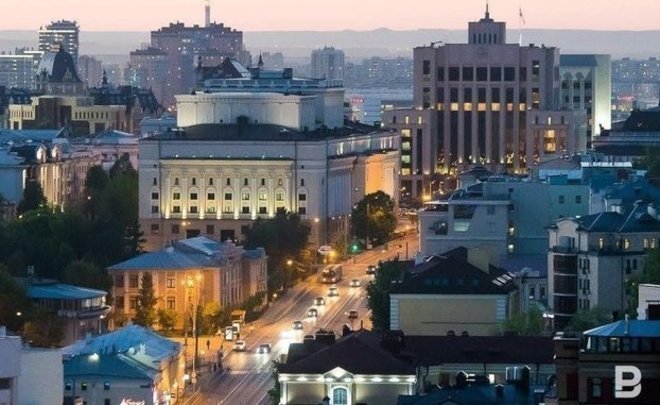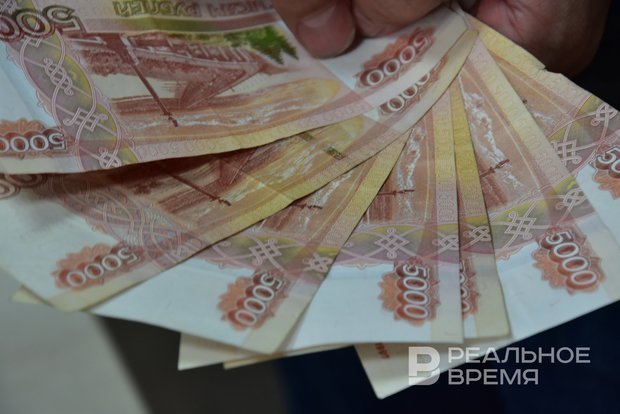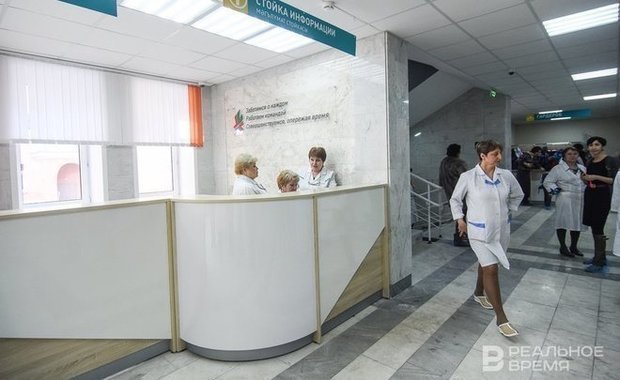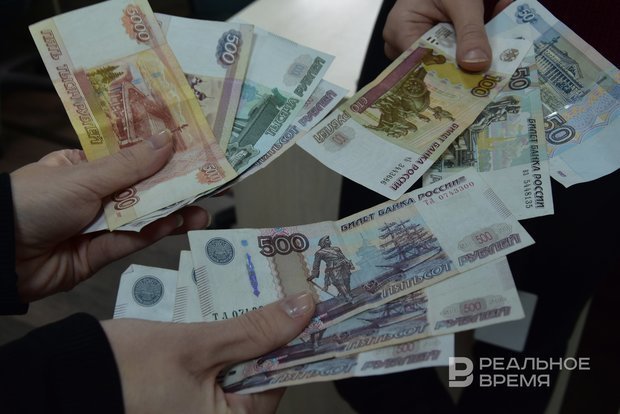Budget 2022: revenues and expenses of Tatarstan increase 2.5 times in 10 years

Tatarstan has published the results of budget implementation for the “shock” 2022 year. Naturally, all indicators differ from the forecast ones. At the same time, the biggest difference between the plan and the fact was shown, oddly enough, by the deficit — 10,4 billion rubles against the forecast 16 billion. Read more about Tatarstan's income and expenses in the material of Realnoe Vremya.
Incomes are more, expenses are less
Tatarstan's budget revenues for 2022, according to a report published recently amounted to 453,7 billion rubles, which is by 1,96 billion more than the forecast, which amounted to 450,7 billion rubles. On the contrary, expenses became less — 463,1 billion against the forecast 466,8 billion. Thanks to this, the deficit decreased by almost 6 billion — from 16 to 10,4 billion.
Compared to 2021, revenues increased by more than 98 billion rubles, expenses — by almost 120 billion. Over 10 years, both indicators have increased 2,5 times.
The structure of Tatarstan 's budgets over the past 10 years is as follows:
- 2012: revenues — 177,1 billion rubles, expenses — 182,4 billion, deficit — 5,2 billion;
- 2013: revenues — 171,9 billion rubles, expenses — 172,2 billion, deficit — 307,4 million rubles;
- 2014: revenues — 180,7 billion rubles, expenses — 197,6 billion, deficit — 16,8 billion;
- 2015: revenues — 203,9 billion rubles, expenses — 211 billion, deficit — 7 billion;
- 2016: revenues — 220,2 billion rubles, expenses — 222,2 billion, deficit — almost 2 billion;
- 2017: revenues — 244,2 billion rubles, expenses — 231 billion, surplus — 13,1 billion;

- 2018: revenues — 279,3 billion rubles, expenses — 274,7 billion, surplus — 4,6 billion;
- 2019: revenues — 288,5 billion rubles, expenses — 274,8 billion, surplus — 13,7 billion;
- 2020: revenues — 293,3 billion rubles, expenses — 316,9 billion, deficit — 23,5 billion;
- 2021: revenues — 355,1 billion rubles, expenses — 343,5 billion, surplus — 11,6 billion;
- 2022: revenues — 452,7 billion rubles, expenses — 463,1 billion, deficit — 10,4 billion.
A third of the expenditures for 2022 fell on the national economy
If we look at the detailed expenditures for 2022, the most was spent on the national economy — 150,1 billion rubles, which is by more than 38 billion more than in 2021. The most expensive subsections included road construction (82,8 billion rubles, +28,9 billion compared to 2021), agriculture and fishing (18,1 billion rubles), transport (8,7 billion rubles), as well as other issues (33,3 billion rubles).

92,9 billion was spent on education (+26,7 billion compared to 2021): preschool education — 3,5 billion rubles; general education — 34,5 billion; secondary vocational education — 9 billion; higher education — 1,2 billion; youth policy — 6,6 billion; other issues in the field of education — 36,6 billion rubles, etc.
56 billion were spent on social policy (+5,5 billion compared to 2021):, including 29,3 billion for social security of the population and 19,4 billion for the protection of family and childhood. Healthcare cost 43,1 billion rubles (approximately -500 million rubles compared to 2021), including inpatient medical care — 15 billion, outpatient — 2,7 billion rubles.

The cost for utilities amounted to 36,8 billion rubles, which is more than three times more than in 2021 — then 11,2 billion rubles were spent on it. Of these, 5,6 billion rubles went to housing, 6,2 billion — to utilities and most of all, 23,8 billion, for landscaping.
Other items of expenditure:
- inter-budgetary transfers of a general nature to the budgets of the Russian system — 28 billion rubles;
- national issues — 21,3 billion rubles, which is by 9,2 billion more than in 2021 (the amount for 2022 includes the functioning of the highest official of the subject of the Russian Federation and the municipality — 524,3 million rubles);
- culture and cinematography — 15,1 billion rubles;
- physical culture and sports — 8,1 billion rubles;
- environmental protection — 7,1 billion rubles, which is twice as much as in 2021 (including waste collection, disposal and wastewater treatment — 2,7 billion rubles);
- mass media — 1,8 billion rubles;
- national security and law enforcement — 1,7 billion rubles (including protection of the population and territory from natural and man-made emergencies, fire safety — 1,5 billion rubles);
- national defense — 511,5 million rubles (446,8 million for mobilisation and non-military training, 64,6 million for mobilisation training of the economy);
- public debt servicing — 206 million rubles.
Excise taxes on beer and beer drinks brought 12,6 billion rubles to the budget
Taxes brought the most to the treasury of Tatarstan: the income tax of organisations of consolidated groups of taxpayers credited to the budgets of the subjects of Russia (69,9 billion rubles, +27 billion by 2021) and the personal income tax (68,2 billion rubles, +9,3 billion by 2021).

It is worth highlighting some other sources of income:
- tax on the property of organisations on property not included in the Unified gas supply system — 33,2 billion rubles;
- excise taxes on beer and beer drinks — 12,6 billion rubles;
- rent and funds from the sale of the right to conclude lease agreements for land owned by subjects — 10 billion rubles;
- inter-budget transfers for reimbursement of costs for the creation, modernisation and (or) reconstruction of infrastructure facilities of industrial parks or industrial technoparks — 9,5 billion rubles;
- inter-budget transfers for the development of road infrastructure — 5,6 billion rubles;
- transport tax from individuals — 4,7 billion rubles;
- subventions for monthly payments in connection with the birth or adoption of the first child — 3,6 billion rubles;
- inter-budget transfers at the expense of the reserve fund of the Government of Russia — 3 billion rubles;
- inter-budget transfers to finance road activities — 2 billion rubles;
- return by budgetary institutions of the remaining subsidies of previous years — 443,5 million rubles.